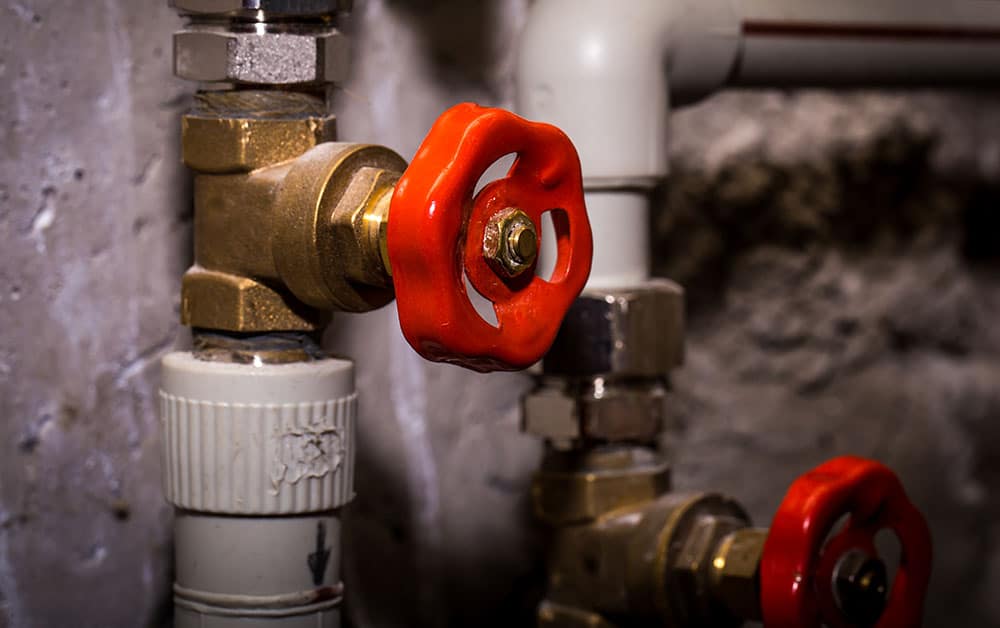Winterizing your irrigation system is routine maintenance. Irrigation systems are a wonderful invention of the modern world for beautiful green lawns. However, they also require regular maintenance throughout the year. As the colder months roll in, homeowners with lush lawns should look into winterizing their lawn irrigation system in Minneapolis, MN.
This will help protect the system’s pipes and valves from subzero temperatures and maintain your watering system for the next season. How does winterizing work? Keep reading as we will discuss the steps below.
Turn Off the Water
The first logical step when doing anything involving water is to turn it off. This prevents the main valve and all the pipes from freezing.
You’ll find the main valve close to your system’s water meter. If you also have different valves to prevent backflow, you might need to consider turning these off too.
Turn Off the Timer
You need to shut down systems that use an automatic timer. You can shut these timers down without losing any programming by putting them in rain mode. This cuts off the valves from the central system, which means that the programming information and clock run throughout winter.
Letting your irrigation system run this way is safe and won’t cost you more energy. Once the temperatures start to rise, you can always get the system up and running again in no time.
Drain the Pipes

The next step is crucial, as it prevents your pipes and valves from breaking. You need to drain the leftover water inside them, so the freezing water can’t break the components of your system. There are three main methods that can accomplish this. Which method you choose depends on your sprinkler system.
- Manual draining: This is the way to go if your system allows manual water draining. It is vital to practice caution and safety, as the water inside the components is under pressure, so wear eye protection. Slowly open the shut-off valves at the pipes’ ends and let the water drain. Close the valves afterward.
- Automatic draining: some systems have a built-in component that automatically drains the water when water pressure inside the pipes drops. The shutting of the main valve usually causes this pressure drop. Once you have shut off your main valve, run the system to let out the water trapped inside.
It’s essential to let the water out of the valves as well, so make sure to loosen the solenoid. This solenoid resembles a cap with wires from the top allowing the water to drain from the valve.
- Blow-out draining: This method is destructive when used on sprinkler systems that aren’t built for it. It uses an air compressor to push out the remaining water from the components.
The main problem with this method is that at-home air compressors don’t generate enough pressure to clear out the pipes. For this and other safety reasons, we recommend not using this method and calling a professional.
Protect Backflow Valves and Aboveground Components
All the aboveground components should be insulated from the weather. Any exposed pipes, the main valve, and backflow preventers should be wrapped with insulation tape and foam covers to keep them from freezing. Wrap the backflow preventers so they don’t block drain outlets or air vents.
Landscapes Unlimited: Superior Lawn Irrigation System Minneapolis, MN
Landscape Unlimited is a company that takes care of your outdoor space. Create an inviting and cozy outdoor space with a stunning lawn. Completed with the right lawn irrigation system in Minneapolis, MN, you will have more time to enjoy your space and save on water bills.
If you want us to shot down your irrigation system for the season or a new irrigation sprinkler system, get in touch with us for the most affordable prices.
